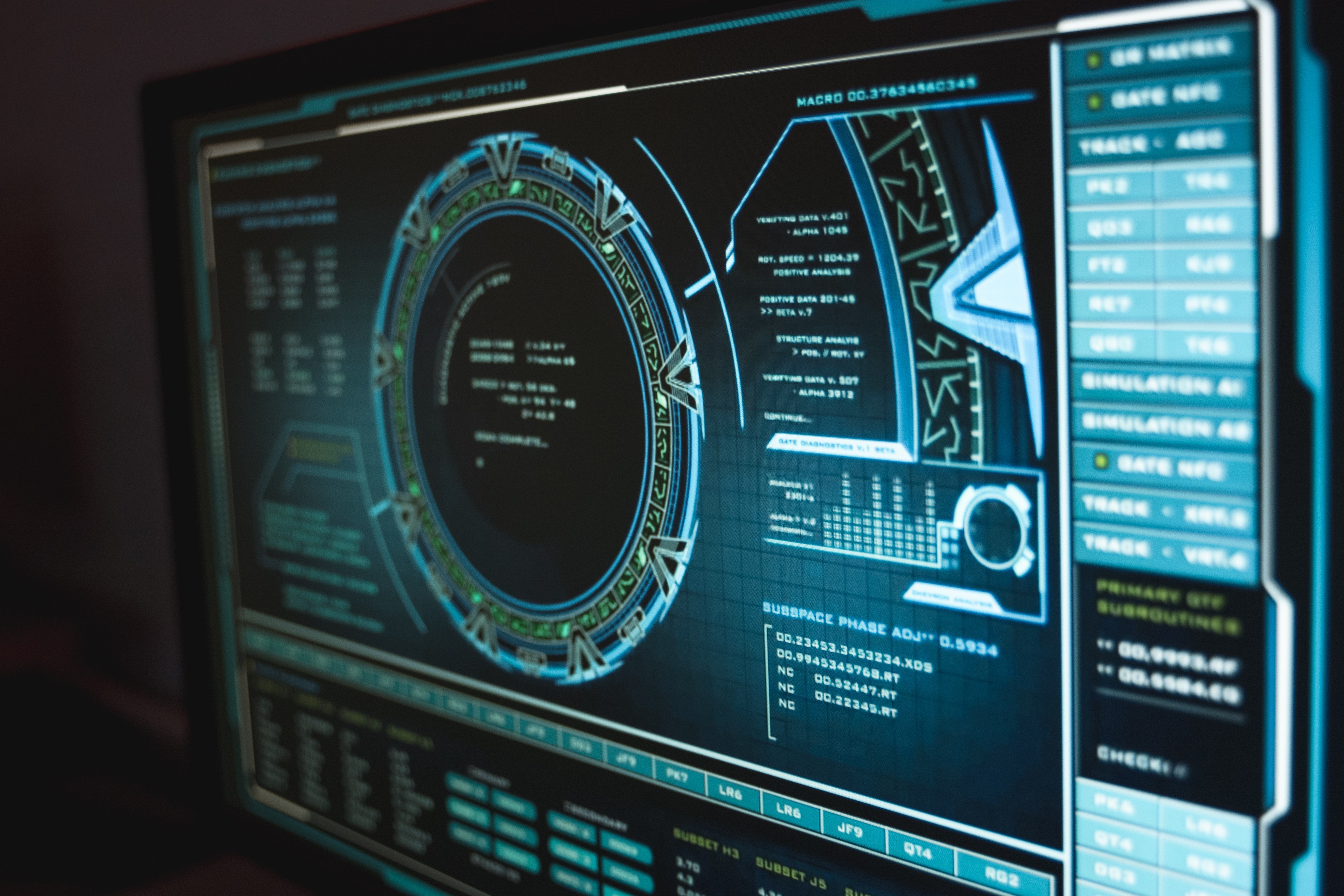
Falling victim to ransomware is, rather depressingly, a very common occurrence in a world that revolves around the internet. This form of malicious software is frequently used by cybercriminals and is an effective means to infect computers and networks. Ransomware can cause all sorts of problems, ranging from blocking access to individual machines and wider networks, through to encrypting data.
Once these obstacles have been put in place it can mean cybercriminals are able to demand ransom money in exchange for freeing up network access, or letting individuals or indeed whole companies have their data returned. The world of ransomware is a fairly fluid one too, with several variants of the problem occurring at different times, depending on which group of cybercriminals are operating.
It might be you’re being targeted by one person rather than a group but, either way, the outcome can be incredibly stressful, not to mention a threat to both your data and finances. Diligence is required to keep ransomware at bay, as is kitting yourself out with a high-quality, reputable and up-to-date suite of the latest security software.
Protect your employees and network from ransomware attacks with Zero Trust. Enforce least privilege access policies across your organization in minutes based on user identity to safeguard all critical assets. Protect your business with Perimeter 81 - one of TechRadar’s top choices for Zero Trust providers.
How to spot ransomware
Whilst it’s not always easy to spot evidence of ransomware, there are frequently telltale signs to look out for. Cybercriminals on the lookout for potential victims can deploy several tactics to attack your property, which revolve around Trojans. These malicious chunks of code often appear as phishing emails, Remote Desktop Protocol, or perhaps emerge through vulnerabilities in software. This is why it's a great idea to ensure you have the latest and most up-to-date edition of your preferred software security suite in place.
There are two core ransomware areas that are most likely to cause you problems if you’re not prepared for them to strike. Locker ransomware is a form of malware that will effectively prevent you from accessing your computer or network. It has the potential to lock you out from accessing everyday tools and computer functions, such as using your desktop, mouse and/or keyboard. It may be one thing that targets specific features and functions, or the malware may cover all bases and prevent you using your machine or device altogether.
The other common route for cybercriminals to take on the ransomware warpath is to mobilize crypto ransomware. This is potentially a more damaging attack strategy because, where locker ransomware will not usually home in on your critical files, crypto ransomware can be used to encrypt crucial data. So, while this might allow your computer or mobile device to keep on functioning, it may well prevent you from accessing your files and folder. This type of attack can target everything from documents right on through to media like pictures and videos.
What happens next?
Of course, as the name suggests, the outcome of either tactic by cybercriminals is that you, or rather your data could be held to ransom. You’ll likely start to get messages, especially in the case of crypto ransomware that your data will be destroyed if you don't respond to any demands. If you’ve never been the sort to worry about having a back-up system in place, or keeping a mirror of your documents and vital files in the cloud, this may mean you have a major problem on your hands.
Are you a pro? Subscribe to our newsletter
Sign up to the TechRadar Pro newsletter to get all the top news, opinion, features and guidance your business needs to succeed!
Considering just how much data, much of it personal, is stored on things like mobile phones, tablets and laptops, the potential for a devastating impact on an individual is very much a reality. This is even more compounded if it’s a business that is being targeted by ransomware. While most business owners are prudent enough to have security measure in place, and cloud backup systems in operation too, there is still the potential for damage to be done.
While you might be happy to play along with any cybercriminals who have ransomware in place on your property, especially if the ransom is only something like $100 to $200, which is a common ballpark figure, prevention is better than cure. Getting your computing devices locked down more effectively is the only real way to go. While different variants come and go, there are lots of ransomware examples to look out for, such as Locky, WannaCry, Bad Rabbit, Ryuk, Jigsaw, CryptoLocker, Petya, GoldenEye and many more besides. Therefore, having security software in place and up to date can help you to stay on top of the latest threats along, with keeping tabs on any ransomware variants.
Take action on ransomware
Ransomware attacks can have a devastating effect on individuals and businesses alike and have to be stopped before they can do too much damage. While it may not be possible to fend of every attack, if you have a solid security software package in place, the odds are lessened dramatically. The great thing about installing a software security package is that it will do much of the hard work for you. Any new threats are often added dynamically, meaning that your data is protected by a continually evolving forcefield.
However, no matter how good your protective measures happen to be, the ongoing threat of ransomware also underlines just how crucial it is to have a proper backup plan in place. Having cloud backup measures configured on a machine or network can mean you have less to worry about when it comes to potentially losing chunks of data. Likewise, if you’ve got a reputable security software package in operation, you should find that this also proves invaluable when it comes to removing any ransomware from infected machines of devices.
Once you’ve rid yourself of any ransomware, it’s vital that you keep any security software bang up to date in order to maintain the protective measures. Considering just how much value can be tied up in losing data and subsequently recovering it, the relatively frugal amount of money required to get a security software package in place therefore seems like very good value for money.
Rob Clymo has been a tech journalist for more years than he can actually remember, having started out in the wacky world of print magazines before discovering the power of the internet. Since he's been all-digital he has run the Innovation channel during a few years at Microsoft as well as turning out regular news, reviews, features and other content for the likes of TechRadar, TechRadar Pro, Tom's Guide, Fit&Well, Gizmodo, Shortlist, Automotive Interiors World, Automotive Testing Technology International, Future of Transportation and Electric & Hybrid Vehicle Technology International. In the rare moments he's not working he's usually out and about on one of numerous e-bikes in his collection.


